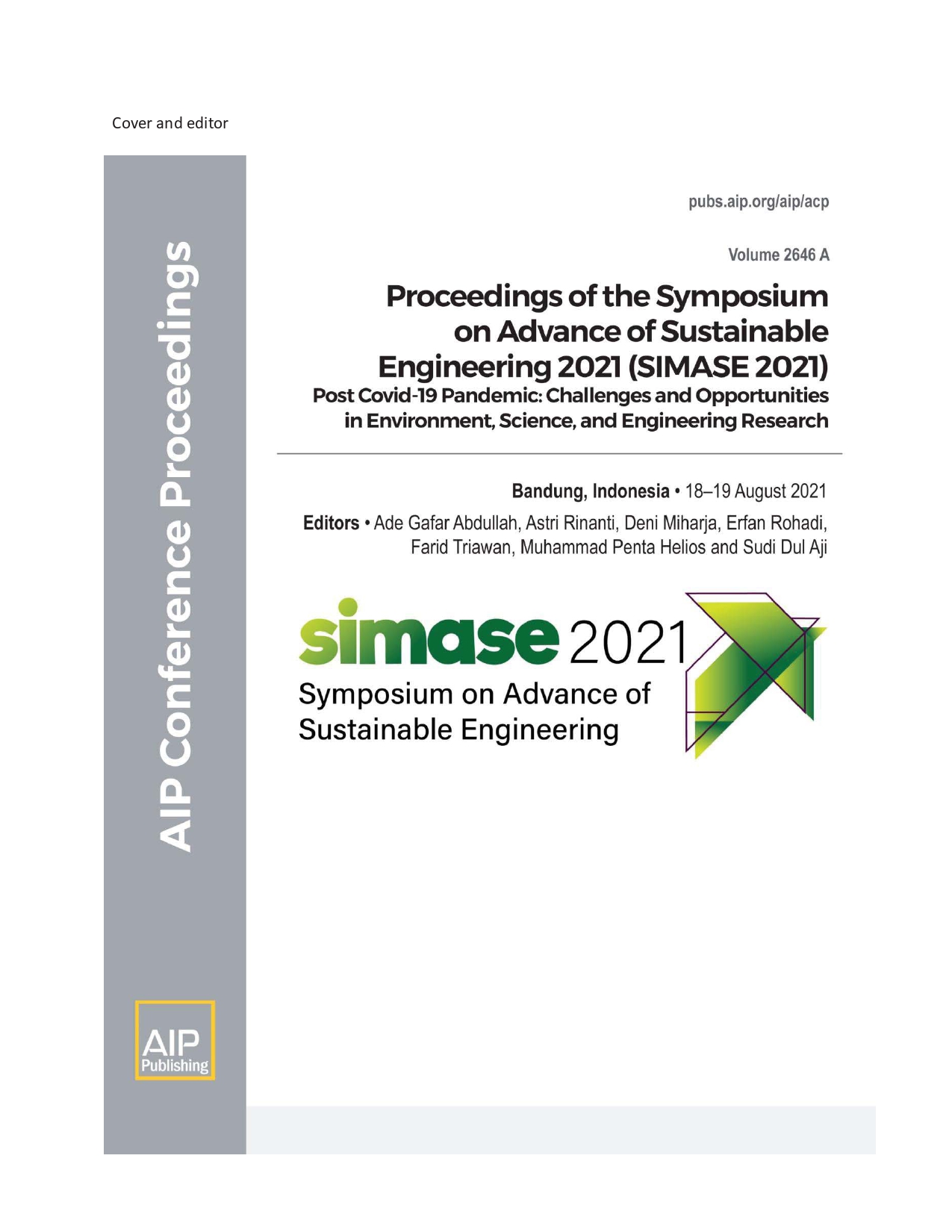
Unsuitable thermal conditions affect the productivity of indoor activities and cause hyperthermia or hypothermia so that the level of thermal comfort becomes important. The research aimed to compare the effect of building orientation and height of thermal comfort sensation at Building C FTSP Universitas Trisakti. This is also an effort to identify the level of thermal sensation naturally in the room with activities such as reading, writing, standing, and typing, in which the users generally wear trousers, a short-sleeve shirt, socks, shoes, and underwear. The method was descriptive quantitative covering PMV (Predicted Mean Vote) analysis and one-way ANOVA test, using digital anemometers and heat stress meters as data collection tools. The results showed that with tipping window opening of 47cm: 1) the average room temperature at 6th,7th, and 9th floors exceeded 6,6oC-7,3oC from the standard; the average of wind velocity was below and exceeds 0.2m/s and 5.06m/s; the average room’s humidity (48%-85%) was in the standard range; 2) the average thermal sensation was in the warm-hot range, but PMV index values in the west and south were neutral-slightly warm; 3) the orientation and the height of the building floor had no significant effect on thermal comfort sensation.

Oleh :
Popi Puspitasari